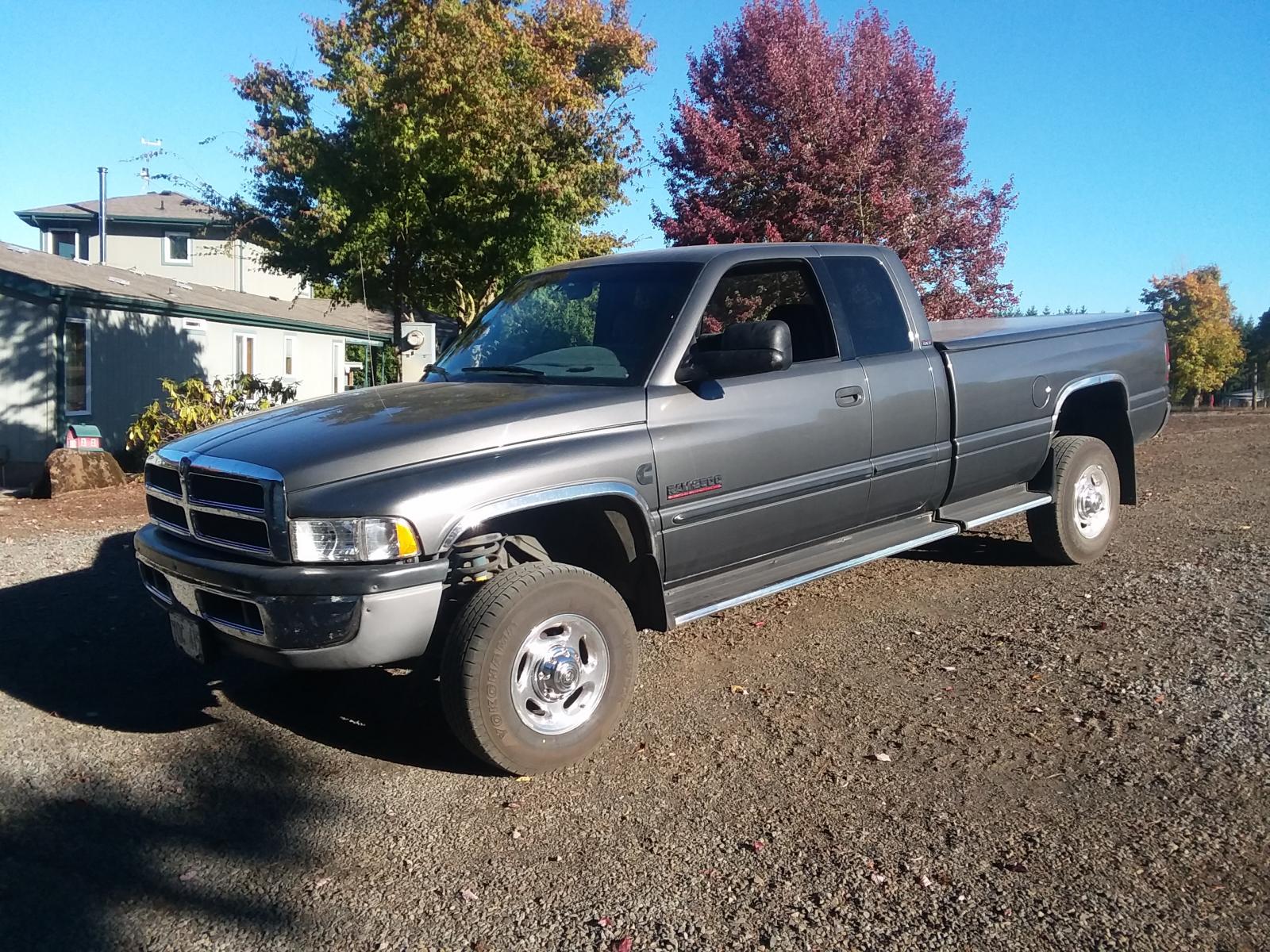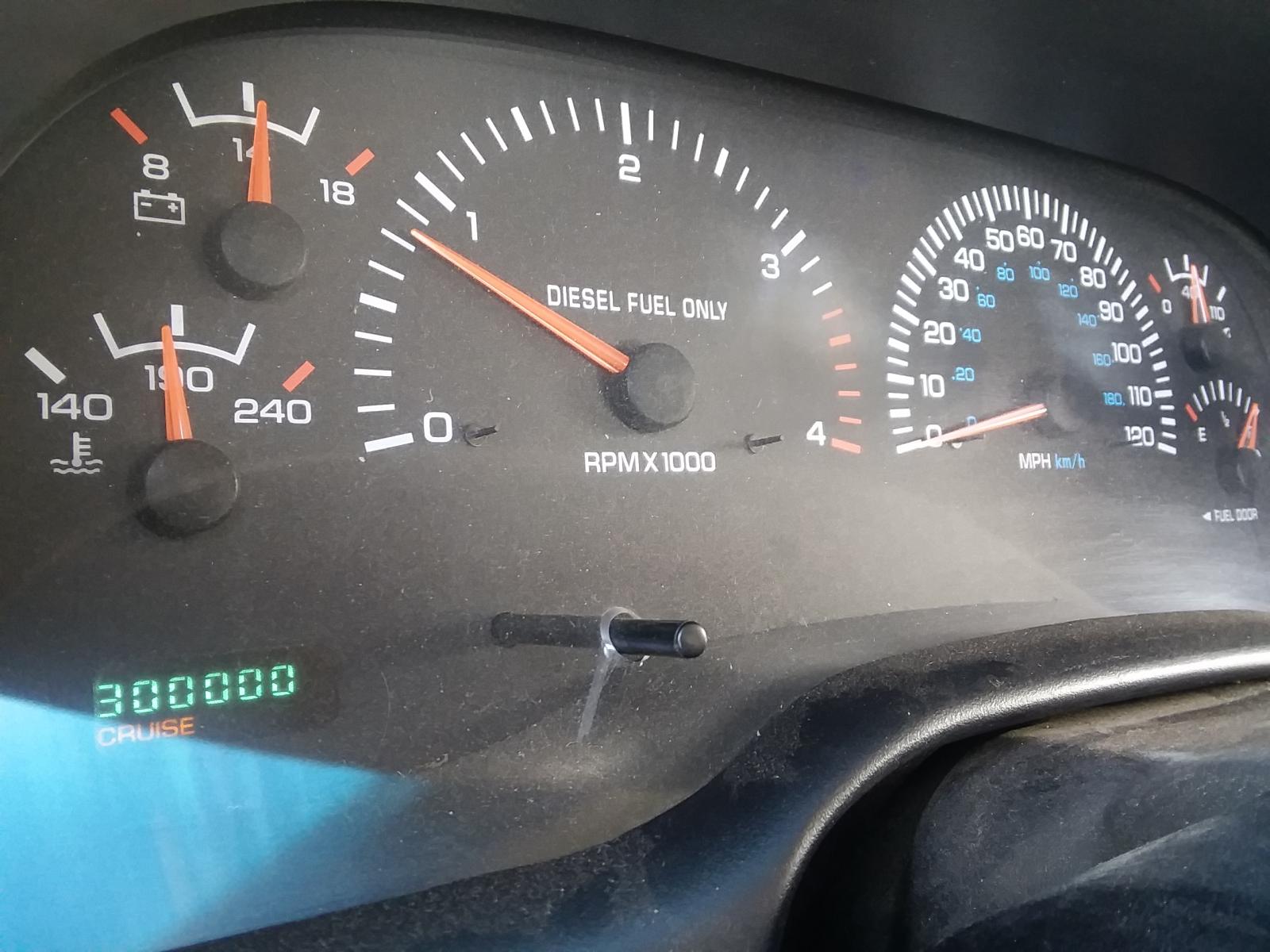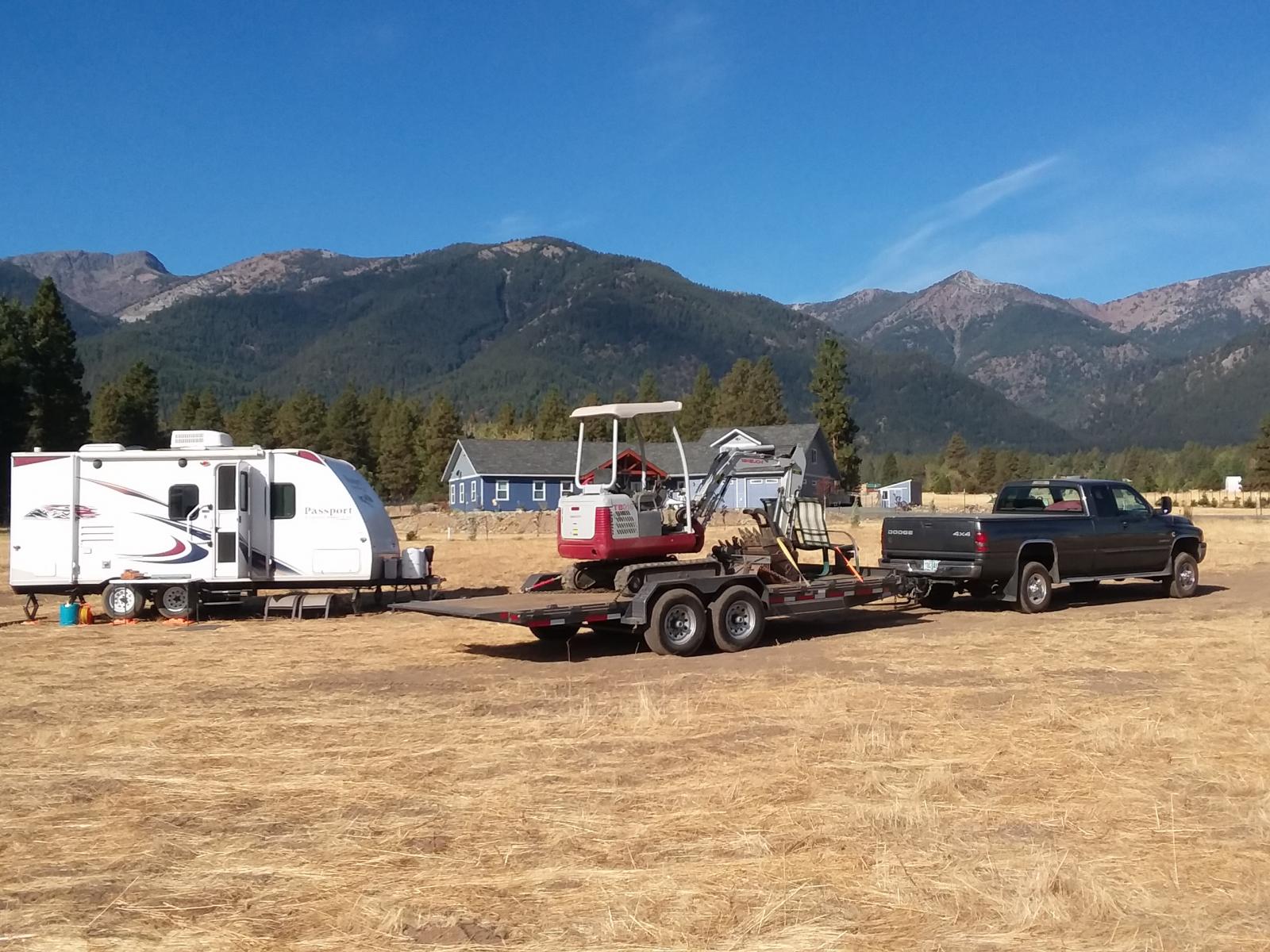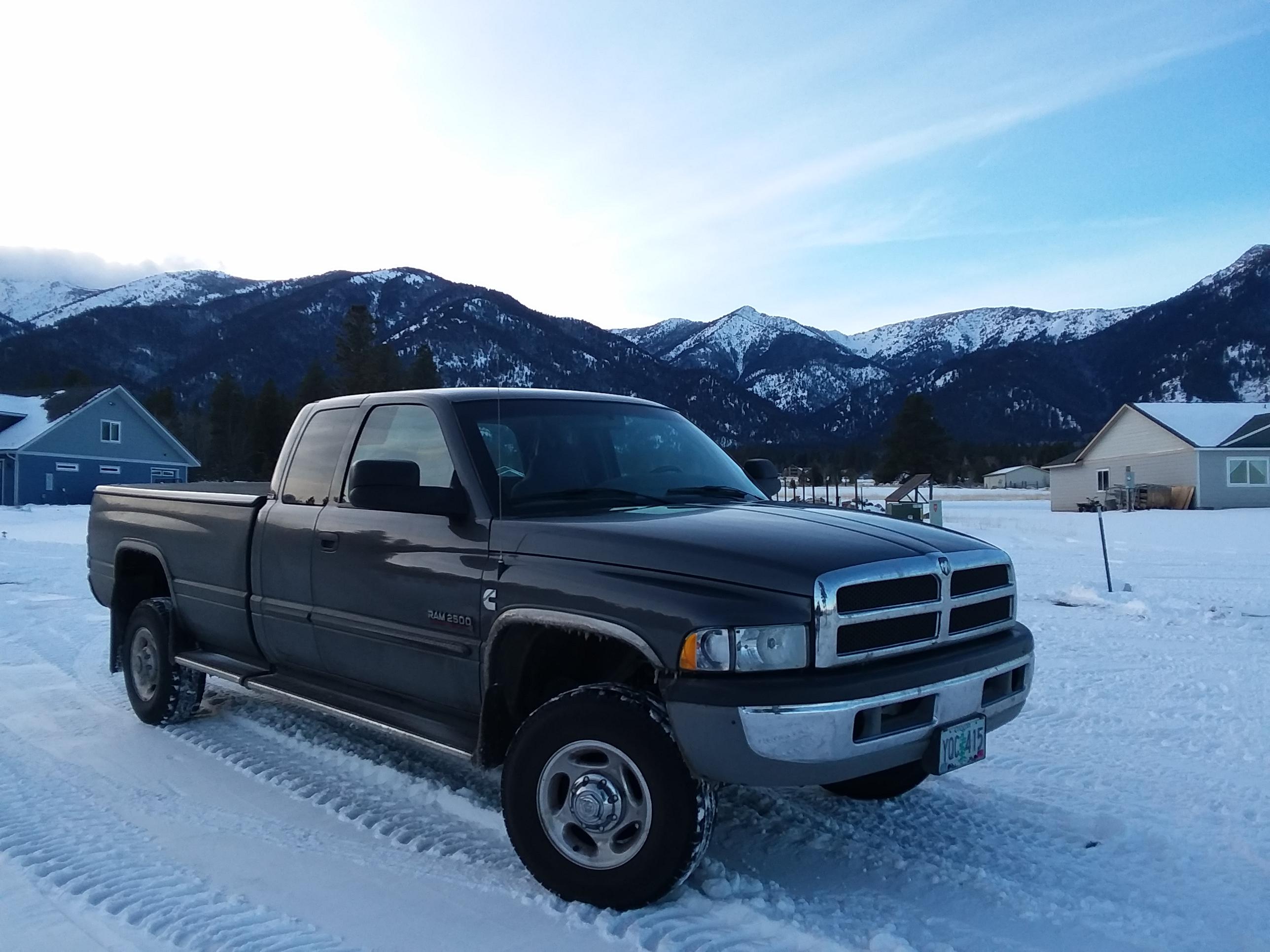
Tractorman
Yearly Subscription
-
Joined
-
Last visited
-
Currently
Viewing Forums Index
Everything posted by Tractorman
-
Alternator diode heat
I don’t think that a resistance test on a high amperage circuit will have much value, primarily because the resistance changes greatly as the element is heated. Your test results kind of show that. For example, using Ohm’s Law based on your tests, the following results would be true if there is 12 volts available at the intake heater and the wiring is good condition: Cold intake heater at 12 volts / .1 ohm = 120 amps. (A bit high, but in the ballpark) Warm intake heater at 12 volts / .5 ohm = 24 amps. (I don’t think this is accurate) I think that a quality load tester with a clamp-on ammeter would get the results that you are looking for quickly. You could load test each intake heater circuit individually with the engine off, and then with the engine running. You could also test actual alternator output while grid heaters are cycling with or without high idle. I think using above test procedure would be very informative and you would quickly know whether or not the air intake heaters are performing as they should. This morning I performed a voltage drop test on the intake heater circuits. I prefer voltage drop tests over just inspecting electrical connections. Voltage drop tests tell you exactly what is going on with pinpoint accuracy because the test is being performed while the circuit is under its normal load. Many times I have seen what appears to be a clean and tight electrical connection, but the connection fails the voltage drop test because it is a dirty connection “electrically”. So, here is the information regarding my test. My truck is an ’02 with just over 300,000 miles on the original Bosch alternator. The intake heaters were modified to be operated manually by a momentary switch shortly after the truck was new. Since I only use the intake heaters when needed (never after engine is started), the alternator has had an easy life. At 215,000 miles as a maintenance procedure, I replaced only the brushes and bearings on the alternator. The current batteries in my truck are Group 24, 890 CCA @ 32*, 725 CCA @ 0*. The batteries are four months old. I manually performed two 10 second heat cycles with engine off, then three heat cycles with the engine running. I allowed a brief recharge time between cycles. I recorded the following readings in the last 5 seconds of the fourth and fifth heat cycle with engine running: Voltage drop = .6 volts from left positive battery post to each intake heater positive stud terminal. Voltage drop = 11.0 volts from each intake heater positive stud to common intake heater negative stud terminal. Voltage drop = .12 volts from common intake heater negative stud terminal to left negative battery post. The average battery voltage remained at about 11.7 volts during the last 5 seconds of each test. The sum of the voltage drops under load equals the average battery voltage under load within .02 of a volt. The .6 volt drop in the first test represents each fusible link in the positive side of the circuit, so this voltage drop is expected. The .12 volt drop in the third test represents a good ground circuit (should be under .2 volt drop.) The 11.0 volt drop in the second test represents the electrical load – the actual work being done. The voltage drop tests that I performed do not tell me the amperage draw of the intake heaters, but they do tell me that the condition of the wiring is good and the intake heaters are working. I only posted the voltage drop testing information because I think is the best method for maintaining good electrical connections before problems occur. One of the many benefits from using voltage drop testing is that any potential poor connection is never disturbed, but easily found during the test. Voltage drop testing is a very powerful diagnostic tool for determining the quality of electrical connections, but the procedure is probably the least used and the most misunderstood. - John
-
New Tire Size found 235's to 245's
Ditto! After almost 5,000 miles of driving with the 245's with various combined loads of 12,500 lbs to 16,500 lbs making several trips to Baker City and back, there is no way I'm going back to a larger diameter tire. Some trips I used I-84, but most trips I used Hwy 26 with lots of mountain passes to climb and descend.. - John
-
VP44 testing
Yes, the end of the perforated pipe is open and the opening is located about 2 inches from the inside of the blank end wall of the air filter. This project is one of the many small things that I have done to incrementally make the engine quieter. - John
-
Running board pics!
Thanks for the comment - unfortunately, it was a long time ago (2001) when the running boards were purchased, so I don't recall the manufacturer. - John
-
VP44 testing
I made my own silencer for the BHAF and now the BHAF is much quieter inside and outside of the cab than the factory air filter box and filter. I used a ribbed 3" perforated plastic drain pipe as the silencer. I modified a piece of my son-in-law's exhaust pipe from an '06 truck to make an airtight connection. I sealed the plastic pipe inside the modified exhaust pipe piece. The turbo whistle is completely gone now (the one sound I liked) and the exhaust brake is much quieter now. It is amazing how much sound is generated from the intake side of the engine. - John
-
What makes 24 valves sound different from each other?
I watched your video - I think it's the oil cap that is making all the noise. - John
-
Running board pics!
I've had these running boards on the truck since it was new. They have been reliable and are not very slippery when wet. They have never been exposed much to salty roads, so they remain in very good condition. The trim strips around the fenders are part of the package. - John
-
16+ more years
I also have a 2002 truck, but with a six speed transmission. I just crossed over the 300,000 mile mark last month and I intend to drive the truck at least to the 500,000 mile mark and then re-evaluate the truck condition. More than likely I will keep driving the truck past the 500,000 mile mark. Utilizing the extensive knowledge and personal experiences from participants of this website, I think you can drive a very reliable second generation truck for reasonable maintenance and repair costs for many years after 250,000 miles. Even at 300,000 miles my truck performs far better than it did the day I drove it off the lot. Maybe with high miles there is more risk for a breakdown, but it will likely be a breakdown where I can control costs because I know what I am capable of repairing. For me, I am comfortable with that. - John
-
Filling oil filter when changing oil?
I don't know about you guys... everyone knows these are spark plug boots. - John
-
Change to Limited Slip
Try lightly setting the park brake in very slippery situations. It is a poor man's solution for a limited slip, but it works when you need it - I know, I have done many times in snow country. - John
-
New Tire Size found 235's to 245's
I don't think that the increased tire weight will be an issue. It's more about operating the engine in an RPM range that gives you performance and fuel economy. It is too bad that car and truck manufacturers don't provide engine performance charts that show engine horse power, engine torque, and fuel consumption in lbs/hp per hour at every RPM in its operating range. Years ago when I purchased a Cummins 4BTA 3.9 and installed it in a 1991 Ford F150, I was provided with this performance chart from Cummins. On that engine the peak torque was at 1700 RPM, but the lowest fuel consumption per hour was at 2100 RPM, so it gave me a good idea of what the final drive ratio should be. The Cummins engines in our 2nd generation trucks probably closely fit this performance chart. This is why the smaller tires will give a significant gain in fuel economy as well as performance Attached is a performance chart for a mid '80's 4BT3.9 (no aftercooler). Note the fuel consumption information (the horizontal line at the bottom of the graph) If you save the picture, you can zoom in on the graph for better detail. - John
-
4X4 bearing Hubs and ABS Discussion....
I have just crossed over the 300,000 mile mark on my original front wheel bearings. I, too, have always wondered if having the six speed transmission and using the exhaust brake daily for the life of the truck has contributed to the long life of the front wheel bearings. It makes sense that the absence of serious heat would give a much longer bearing life. - John
-
New Tire Size found 235's to 245's
Just finished another round trip to Baker City and back hauling the mini-excavator both ways with the new 245 tires. Fuel mileage ranged from 13.8 to 14.4 mpg and the truck performs great! So far, I have not experienced any negative effects from switching to the 245 tires. Also, another noted performance improvement was during two of my trips through the Columbia River Gorge with gusty winds. When semi's passed me or I passed them, there was no longer a push to the side that I felt before with the 265 tires. I just crossed over the 300,000 mile mark on the odometer. The other photo is the 5 acre parcel of land we just purchased looking at the Elkhorn Mountains. - John
-
New Tire Size found 235's to 245's
I am thinking the same thing. With the 245's, I towed my tractor with implements from Salem to Baker City via I-84 last week (GCVW over 16,000 lbs) and the truck had all the power I needed and delivered 13.5 mpg. Yesterday I towed the tractor back (minus a couple of implements) weighing in at 15,650 lbs via Hwy 26 and 22 at 15.2 mpg. I checked the miles per gallon from John Day (filled up with B20) to home near Salem. The power and the fuel economy are now the best they have ever been since the truck was new. Still on original injectors and I will pass the 300,000 mile mark on my return trip to Baker City tomorrow with the mini-excavator.. - John
-
New Tire Size found 235's to 245's
I have now driven over 1,600 miles with the 245/78R16's and I am very happy with the results. About 700 miles of the driving has been towing within a 60 mile radius ranging from 15,000 to 19,600 lbs gross combined weight. With the 6 spd transmission and a 3.38:1 ratio for second gear, I can easily perform second gear starts on flat ground fully loaded now. I like that very much. Heavy loads are now much easier to get up to speed without working the engine. Sunday, my wife and took the travel trailer from home (near Salem, OR) to Baker City and deadheaded back. The trip out yielded 14.5 mpg (12,500 lbs GCW), the trip back yielded 22.3 mpg. I am very happy with that. The trip each way is about 335 miles. MPG's were hand calculated. I will be taking the tractor with implements to Baker City on Thursday and will be expecting to weigh in at about 16,000 lbs. I will post the MPG results later. Everything that Mopar1973Man posted about improved performance has happened for me by going with the smaller tires. With the new 3 1/2 turn stop to stop steering box, the new clutch, and the smaller tires, this truck drives far better now than it ever did when it was new. - John
-
Can I have two bad thermostats in a row
This is definitely worth looking into. It took me two years of driving my truck to figure this out because the symptoms manifest slowly over a long period of time. The blockage that you see on my radiator in the photo covers the front of the radiator between the charge air intercooler and the radiator where it is very difficult to see. I was always inspecting the radiator on the engine side because that is where I thought the blockage would be. After I cleaned that radiator I was amazed at how much quieter the engine fan became because the air flow became laminar again. And, of course, the overheating problem went away. - John
-
Time for a clutch
The HYDX1-50 is the complete hydraulic setup (master cylinder, slave cylinder, and hydraulic line - all pre-filled). It comes with an adjustable linkage to lengthen the master cylinder push rod, if necessary. You may not need the adjustable feature, but if your new clutch engages with the clutch pedal real close the floor, you will be glad that you have this adjustment available. If you decide to use this part, set the initial adjustment to match your old master cylinder push rod setup. If your new clutch engages and disengages properly (like the old one did), then there is no need to change the adjustment. I understand your concern here, but I think that you were very fortunate that your old hydraulics worked well with your new clutch. My experience is limited to only three clutch replacements - a 2007 6.7 liter 6spd, a 2006 5.9 liter 6spd (both dual-mass flywheel conversions), and my own truck (a stock replacement). In all three cases, the existing clutch hydraulic system was not adequate to fully release the clutch - the 2006 and 2007 being the worst. These two truck required the kit with the adjustable linkage. My truck is okay, but the clutch engagement occurs too close to the floor for my liking, so I will probably get the Soutbend clutch hydraulic kit with the adjustable linkage. - John
-
Time for a clutch
Southbend's part # HYDX1-50 has an adjustable pedal feature. This is important as the OEM and other aftermarket non-adjustable pedal clutch hydraulics will likely frustrate you because they probably will not have enough stroke with the new clutch parts. - John
-
Which billet tappet cover to buy?
This seems logical, but I have always wondered that with so many gears rotating and flinging oil everywhere, could the OEM vent be overwhelmed? It would seem that a tappet cover vent would be in a lesser turbulent environment and would have less oil entering the vent so it could do its job better. Just my thoughts. - John
-
Which billet tappet cover to buy?
This is what I want to do. I was just wondering if someone else has already done that and if they are happy with the results. - John I agree that a vent is a vent, unless one style separates oil from the vapors more efficiently. This is why I was wondering if the tappet cover vent may be a better solution. Thanks for the tip on the stock fuel pump bracket. I would probably trim the bracket as you did since I have a frame mounted lift pump. - John
-
Which billet tappet cover to buy?
Can you tell if one breather is more oil-free than the other? I like the idea of using only the tappet cover vent if it works equally as well or better than the factory vent just to get rid of the additional plumbing to extend the factory vent. - John
-
Which billet tappet cover to buy?
Thank you, appreciate you doing that. - John
-
Which billet tappet cover to buy?
Did you actually wait 24 hours for the silicone to cure and THEN tighten the bolts? Or did you re-tighten (re-torque) the bolts 24 hours later? Just trying to get clarification on your procedure, because if the bolts weren't tightened when you installed the cover, then tightening the bolts 24 hours later (after the silicone cured) would likely cause a leak. So you are actually running two breathers on your engine. I would be very interested to know if the tappet cover breather stays dry. - John
-
Which billet tappet cover to buy?
I have a related question to ask about the tappet cover. I have done the oil crankcase breather mod similar to Mopar1973Man's, but I still get some oil dripping out of the tube. It has always dripped the same amount of oil since it was new. I have seen aluminum tappet covers and 12 valve factory tappet covers advertised that have integrated the crankcase breather and vent into the tappet cover. Has anyone installed either setup on a 24 valve engine and did it stop oil from dripping out of the new crankcase vent tube? 3979-01dodge24v59, I don't mean to hijack your post, but maybe we both an get answers to of our questions here. - John
-
Well the Order is in
Sounds like is time to put it all behind you and enjoy your new truck! - John


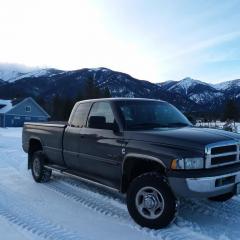


.jpg.130cc6cc9a397b428c42aed90ede9dbd.jpg)
.jpg.b072b95b4171c54bbd27805251b8328e.jpg)
.jpg.6f58c827815b3e09a991c69208a3a7b2.jpg)

